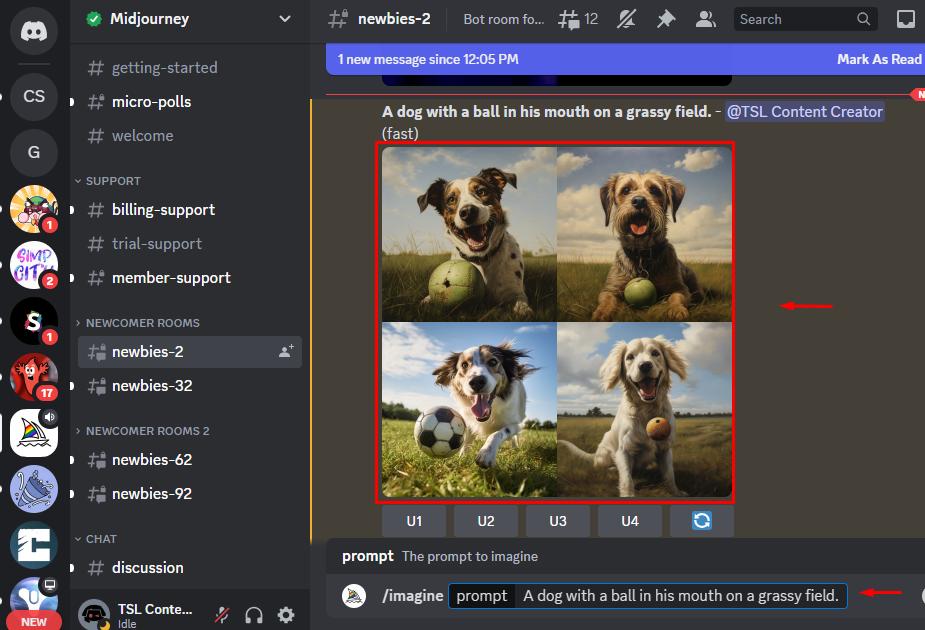How to Write Prompts for Midjourney (text-to-image)?
Midjourney is a text-to-image platform that allows users to create realistic and high-quality images from natural language descriptions. It uses a powerful deep-learning model that can generate images from a wide range of domains, such as landscapes, animals, portraits, logos, and more. However, to get the best results from Midjourney, users need to write effective prompts that can guide the model to produce the desired images.
This article will explain how to write prompts for Midjourney in detail and provide some tips and examples to help you get started.
What is a Prompt?
A prompt is a natural language description that specifies the content and style of the image you want to create with Midjourney. To explore more about the Midjourney regarding creating images, follow our guide.
Example
If you want to create an image of a cat wearing sunglasses and a hat, your prompt could be something like: “A cute cat with orange fur and green eyes wearing black sunglasses and a red hat.”

Let us head to the different practices to write prompts Midjourney:
How to Write Prompts for Midjourney (text-to-image)?
A prompt can be as simple or as complex as you want, depending on the level of detail and creativity you want to achieve. These are important guidelines that can assist users to write better prompts for Midjourney:
Use Clear and Descriptive language
One of the most important factors that affect the quality of the generated images is the level of detail and clarity of the prompts. The clearer and more descriptive you are, the more expected results.
Example
Instead of saying “a bird”, say “a blue jay” or “a hummingbird”:

Use Proper Grammar and Punctuation
The model is sensitive to the structure and syntax of your prompt, so make sure you use correct spelling, capitalization, commas, periods, etc.
Example
Instead of saying “a dog with a ball in his mouth on a grassy field”, say “A dog with a ball in his mouth on a grassy field”:

Use Modifiers and Attributes
Users can use modifiers and attributes to specify the appearance and characteristics of the objects in your prompt.
Example
You can use adjectives, colors, sizes, shapes, positions, orientations, emotions, actions, etc. For example, instead of saying “a house”, say “A large white house with a red roof and a chimney”:

Use Conjunctions and Prepositions
Use conjunctions and prepositions to connect and relate the objects in your prompt. For instance, users can utilize words like “and”, “or”, “with”, “without”, “in”, “on”, “under”, “behind”, etc.
Example
Instead of saying “a man and a woman”, say “A man holding hands with a woman”:

Use References and Examples
Use references and examples to inspire the model or provide more context for your prompt.
Example
You can use the names of celebrities, characters, places, brands, artworks, etc. For example, instead of saying “a fantasy landscape”, say “A fantasy landscape inspired by Lord of the Rings”:

That is all from the guide for writing the prompts for Midjouney.
Conclusion
To write effective prompts for Midjourney, users can try different combinations of words, keywords, modifiers, references, and examples to see what kind of images Midjourney can generate. You can also use your imagination and creativity to produce new ideas and concepts that you want to see in images. This post has given you some useful tips and examples of how to write the best prompts for Midjourney.
Source: linuxhint.com
